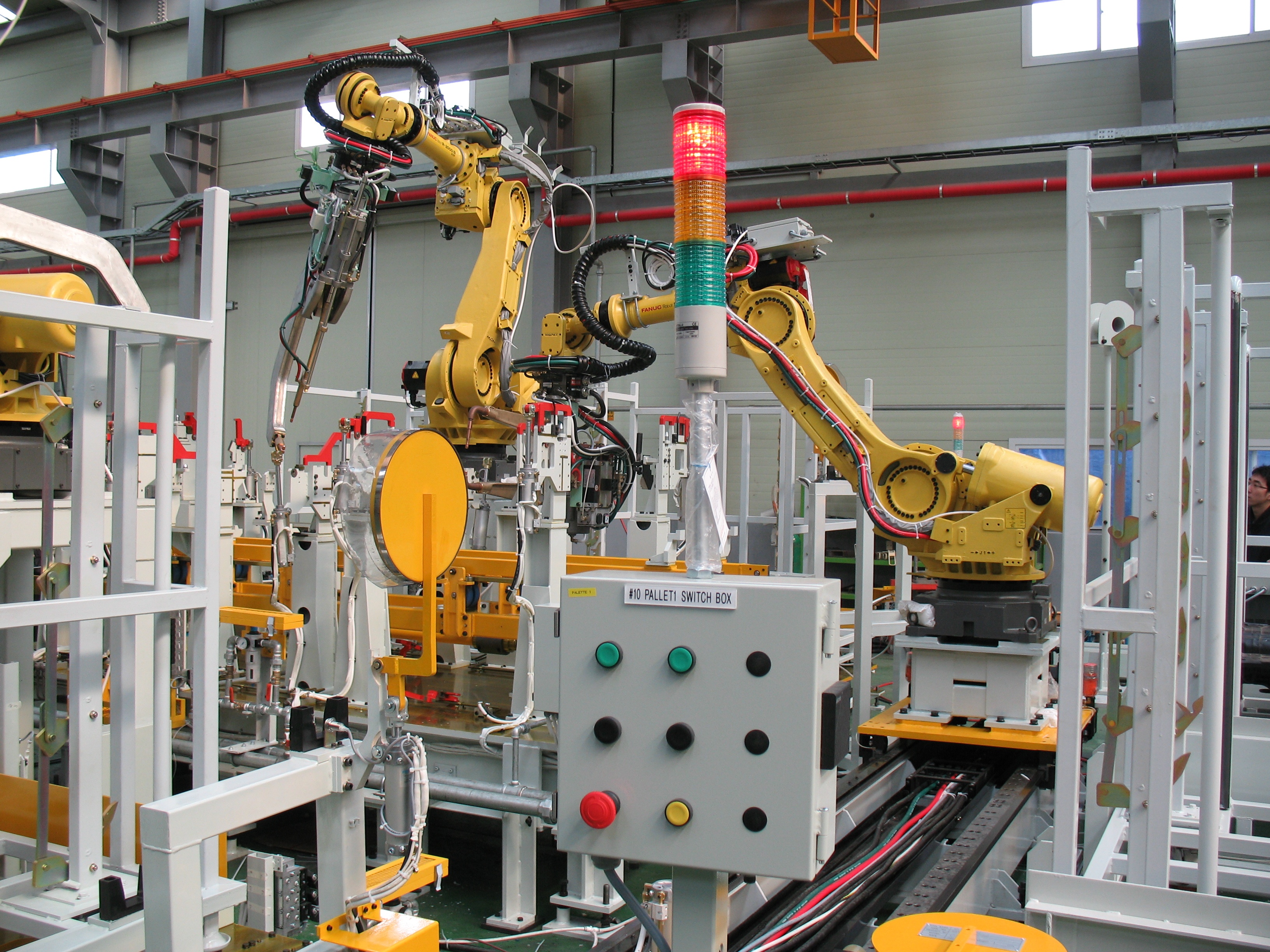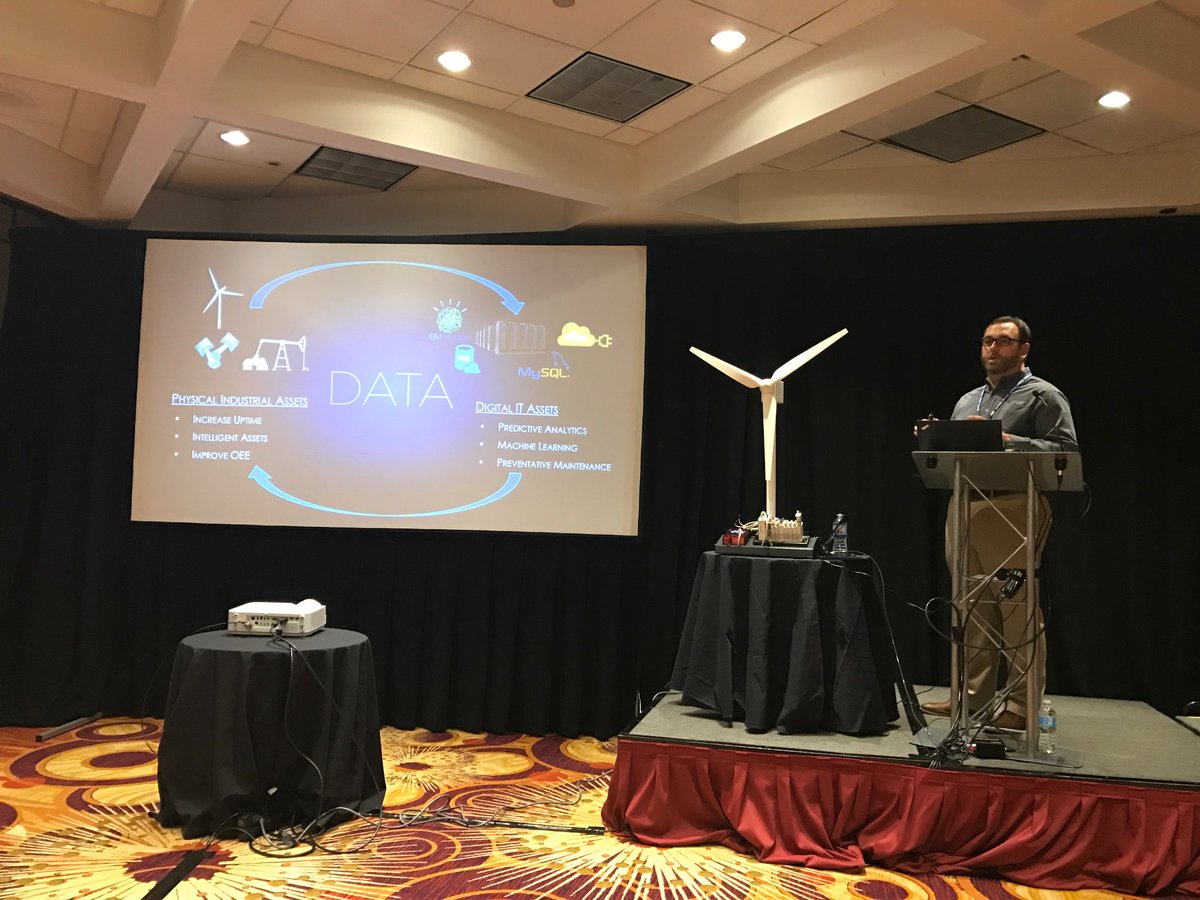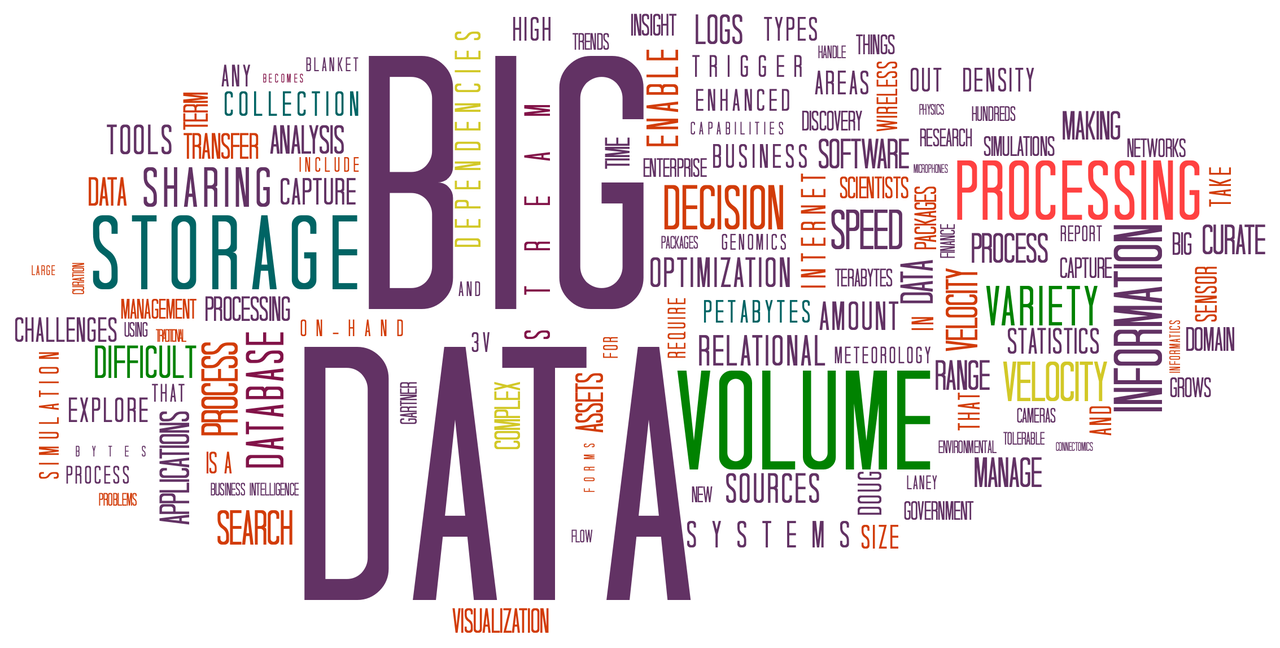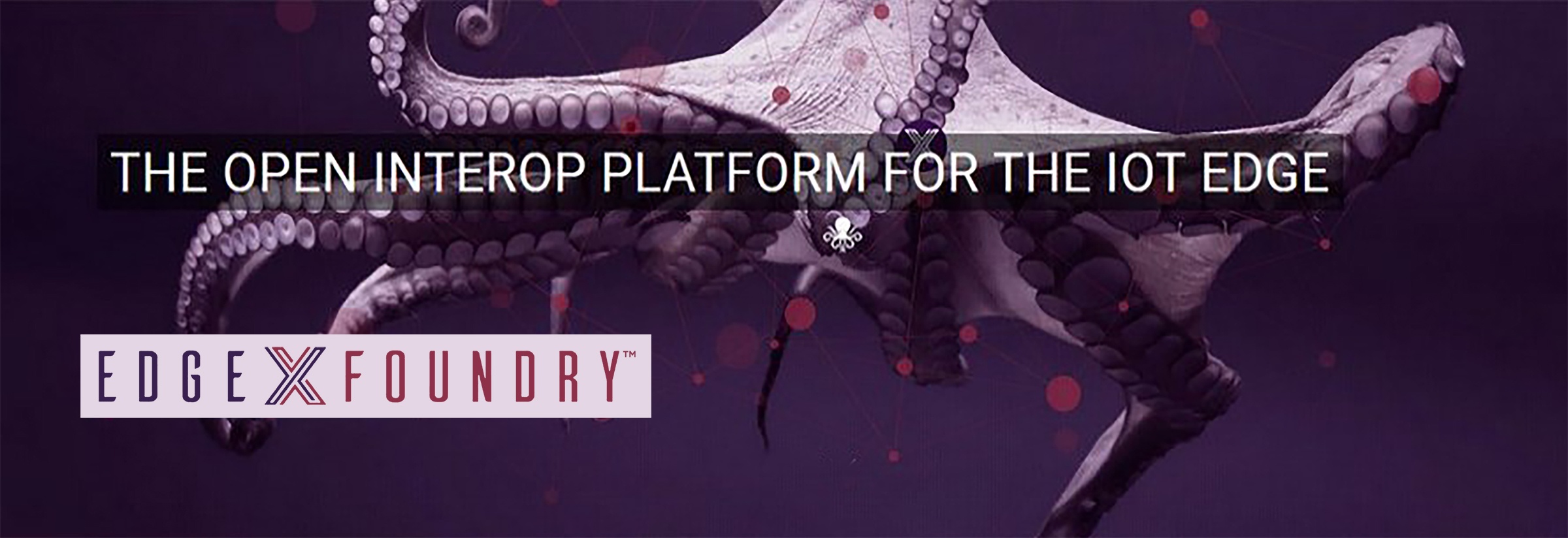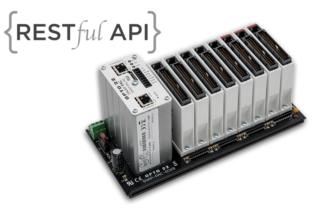We’re all concerned about maximizing our manufacturing equipment uptime and decreasing downtime. If our machines go down, we lose money. It’s that simple. In fact, according to www.industryweek.com, the average cost of downtime in most industrial applications is $30-$50K per hour. And that number is increasing each year. According to Aberdeen Group, downtime costs in some industrial applications can top out at $250K per hour.
Matt Newton
Recent Posts
Topics: Internet of Things, IoT, IIoT, Industrial Internet of Things
2017 Automation Conference: IoT doesn't always mean Internet
Last week Opto 22 exhibited at the Automation Conference in Chicago. It was a great event, with a lot of interesting material presented and some really cool new technology demonstrated.
I conducted two workshops for attendees while I was there, both on Rapid IIoT Application Development with Node-RED, RESTful APIs, and MQTT.
Topics: groov, Internet of Things, IoT, PACs, API, IIoT, Industrial Internet of Things, Node-RED
In a previous post we covered time series data.
We talked about how process automation and control data can feed our big data applications and cloud-based software platforms, to build Industrial Internet of Things applications.
In this post we'll take a look at how time series data can be used to develop time series models.
Topics: groov, Internet of Things, IoT, IIoT, Industrial Internet of Things, Node-RED
WannaCry Ransomware. Is Your SCADA Network At Risk?
Undoubtedly you’ve heard of the most recent ransomware attack plaguing the globe. It started late last week and so far has infected machines across 150 countries.
As the name suggests, the virus in effect holds the infected computer hostage and demands that the victim pay a ransom in order to regain access to the files on his or her computer. You can learn more about ransomware in this previous blog post.
But let’s get down to what you need to know. Here are the latest facts about WannaCry that you need to be aware of to make sure your systems are not at risk.
Topics: Security
The holy grail of IIoT applications is the ability to basically predict the future.
We want to know when something, either a system or a component in our process is going to fail—before it actually does.
Topics: Internet of Things, IoT, PACs, API, REST API, IIoT, Industrial Internet of Things
What is the core concept of edge computing? It's to establish data connectivity and filtering between the devices at the network edge that generate big data, and the systems in the cloud that need to consume that data for machine learning, predictive analytics, and so on.
In several previous posts we discussed the EdgeX project from The Linux Foundation. We saw how its microservices are designed to collect data from industrial devices and systems and then move that data from the local network to the cloud.
In this post we’ll focus on how that final step of transferring real-world data from our industrial assets to the cloud actually happens—through the Export Services layer of EdgeX.
Topics: Internet of Things, IoT, PACs, IIoT, Industrial Internet of Things, EdgeX
EdgeX Support Services Provide the Foundation for IIoT
In our last post we covered how Core Services in the new EdgeX project from the Linux Foundation help engineers quickly build edge computing and IIoT applications. Core Services are the microservices EdgeX provides to convert physical electrical signals from industrial devices into digital information.
In this post, we’ll focus on how EdgeX makes digital data from industrial assets available to higher-level computing systems like predictive analytics and machine learning.
But before the data is made available to those systems, EdgeX uses what it calls Supporting Microservices to do some pretty high-tech stuff to package the data and make it easily accessible.
Topics: Internet of Things, IoT, PACs, API, REST API, IIoT, Industrial Internet of Things, EdgeX
EdgeX Core Services Bridge OT and IT for IIoT Applications
In a previous post we covered EdgeX and its important role in building a standard platform for connecting edge computing systems, like Opto 22 SNAP PAC automation controllers, to the industrial Internet of Things (IIoT).
EdgeX connects OT and IT assets together, bridging between the physical world and the digital world through a loosely coupled microservice platform architecture. These microservices provide OT and IT devices, software, and services with a platform that provides connectivity and communications methods.
Topics: groov, Internet of Things, IoT, PACs, IIoT, Industrial Internet of Things, EdgeX
There’s an African proverb that says if you want to go fast, go alone; if you want to go far, go together.
Topics: Internet of Things, IoT, PACs, IIoT, Industrial Internet of Things
EdgeX: An Open-source IIoT Platform from The Linux Foundation
One of the biggest questions companies face when surveying IIoT (Industrial Internet of Things) technology is where to invest. The IIoT can be a pretty foggy and technologically diverse topic for anyone to understand. And there are so many competing standards out there today that it’s tough to identify which path to take.
But a new platform built upon an open source, extensible framework for IIoT technology called EdgeX was recently announced, and it may be just what the industry needs to part the clouds of confusion and shine some clarity on the IIoT.
Topics: Internet of Things, IoT, PACs, IIoT, Industrial Internet of Things, Node-RED, EdgeX

